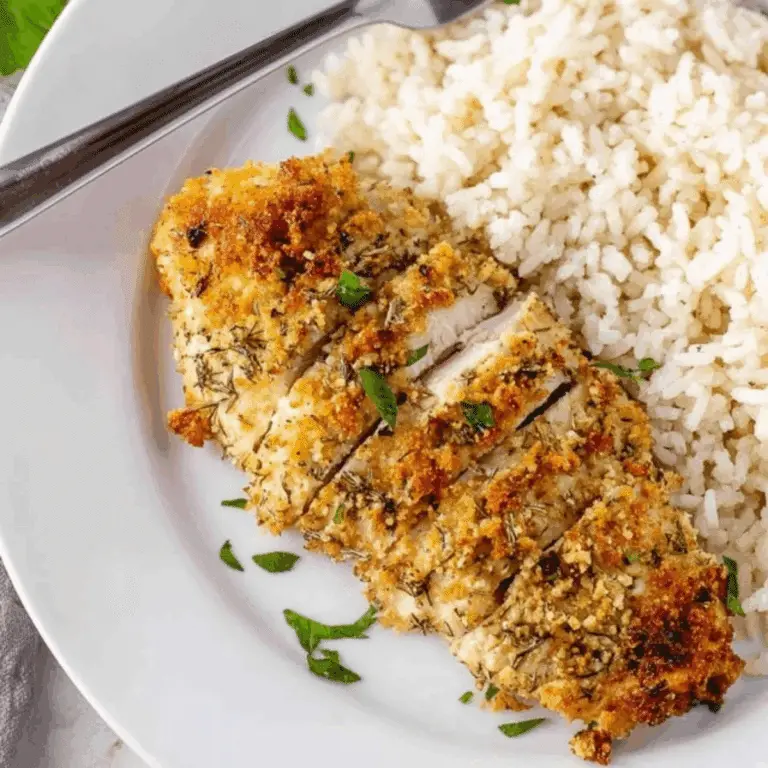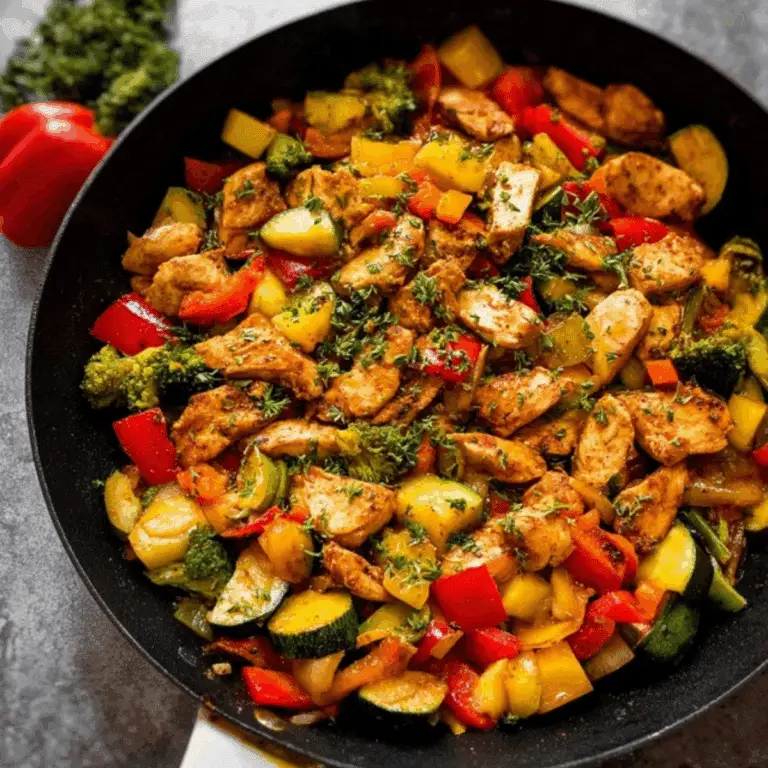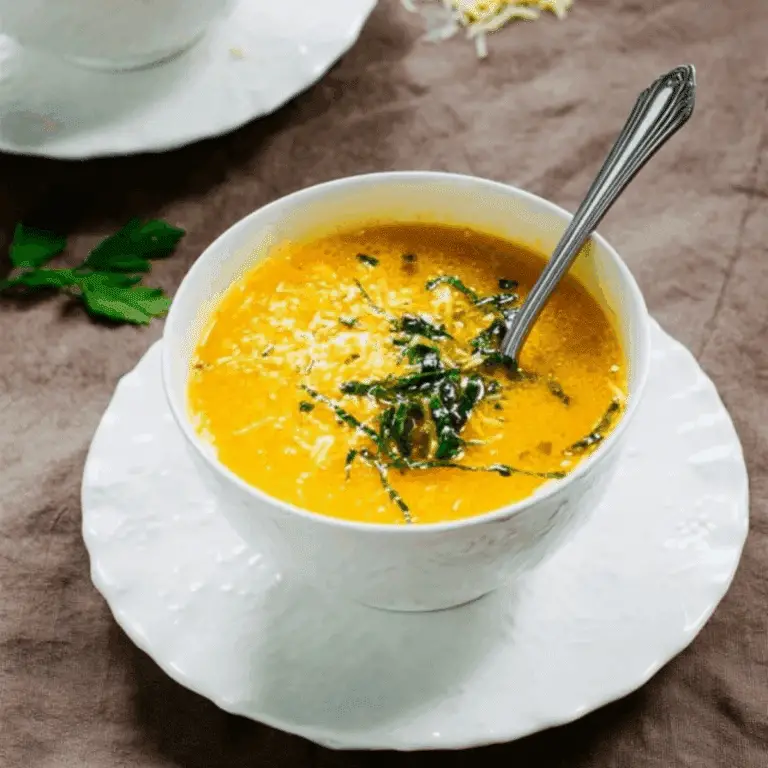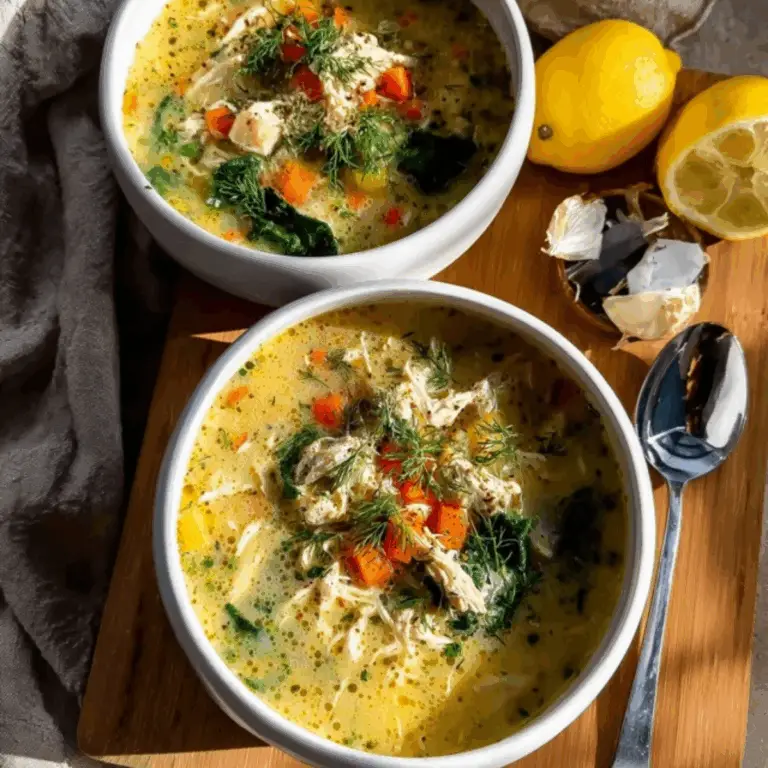There’s something magical about the first time you make a truly great pasta dish from scratch. I still remember the first time I tried making Spaghetti Carbonara it felt almost like a rite of passage into confident home cooking. It wasn’t the fanciest recipe, but the moment I mixed the silky egg sauce into the hot noodles and saw it transform into something restaurant-worthy, I was hooked. For beginner cooks, Carbonara is the perfect gateway into Italian comfort food: it’s fast, flexible, and requires only a handful of ingredients—many of which you probably already have in your kitchen.
This recipe is perfect for beginners because it uses a simple technique to deliver rich flavor, takes under 30 minutes from start to finish, and it’s surprisingly healthy with its protein-rich eggs and lack of heavy cream. Whether you’re cooking for yourself or trying to impress friends or family, this dish is a dependable crowd-pleaser.

Why This Recipe is Special
What sets Spaghetti Carbonara apart from other pasta dishes is its brilliant use of eggs and cheese to create a creamy sauce—without any actual cream. It’s a lesson in cooking with confidence: timing, temperature, and good-quality ingredients work together to create a dish that’s luxurious yet light. Originating from Italy, Carbonara was traditionally made with guanciale, but it’s often adapted with pantry staples like pancetta or even bacon, making it a flexible and approachable recipe for any home cook.
Ingredients and Preparation
Pasta – Classic spaghetti works best here, offering the ideal surface for the sauce to cling to. However, feel free to use linguine, bucatini, or even veggie-based pasta if desired.
Pancetta (or Bacon) – Adds a savory, smoky depth and provides the crispy texture that balances the dish. Guanciale is traditional, but pancetta is easier to find and works perfectly. In a pinch, use thick-cut bacon or even smoked turkey if you’re watching your fat intake.
Eggs – The heart of the sauce. Whole eggs bring richness and creaminess without the need for actual cream. Room-temperature eggs help avoid clumping when tossed with hot pasta.
Parmesan Cheese (or Pecorino Romano) – Provides a salty, nutty flavor that forms the backbone of the sauce. Pecorino is sharper, but Parmesan is more widely available. A combination of both is even better.
Black Pepper – Adds subtle heat and aromatic contrast. Freshly cracked pepper is ideal for maximum flavor.
Garlic (optional) – Some versions add a touch of garlic for extra depth. Use sparingly, as overcooking it can turn it bitter.
Pasta Water – The starchy water reserved from boiling pasta helps emulsify the sauce, giving it that silky finish.
Step-by-Step Instructions
Step 1 Whisk together the eggs, freshly grated cheese, and a generous amount of black pepper in a medium bowl and set it aside. This is your sauce base, so make sure it’s well combined.
Step 2 In a large skillet over medium heat, cook the chopped pancetta or bacon until crispy. Remove the meat with a slotted spoon and set it aside, leaving the flavorful fat in the pan. Add minced garlic to the fat and sauté for about 30 seconds to 1 minute, just until fragrant—then turn off the heat to avoid burning it.
Step 3 Bring a large pot of salted water to a boil. Cook your spaghetti until just al dente, meaning it still has a slight bite. Before draining, scoop out about a cup of pasta water and set it aside. Drain the pasta, but do not rinse it.
Step 4 Immediately add the hot pasta to the pan with garlic. Toss quickly to coat the noodles in the flavorful fat.
Step 5 With the skillet off the heat, pour in the egg and cheese mixture. Toss rapidly using tongs or a fork, allowing the heat from the pasta to gently cook the eggs into a smooth, creamy sauce. If the sauce is too thick, gradually add reserved pasta water, a tablespoon at a time, until it reaches a silky consistency.
Step 6 Fold in the cooked pancetta or bacon, give the pasta a final toss, and taste for seasoning. Add more cheese or pepper if desired.
Step 7 Serve immediately, garnished with a sprinkle of extra cheese and chopped parsley if you like.
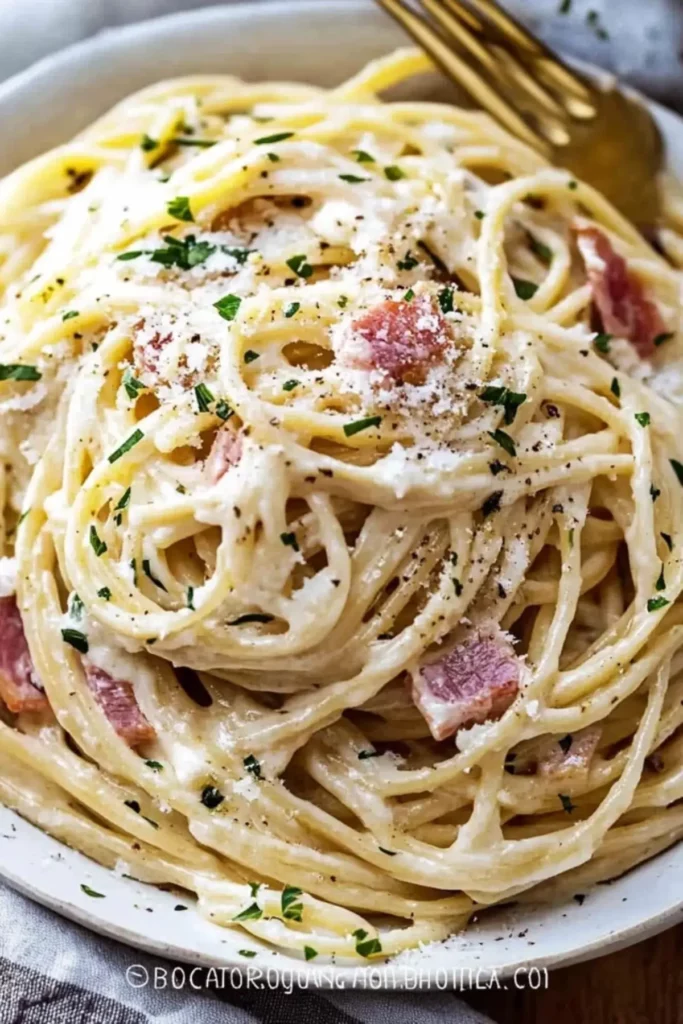
Beginner Tips and Notes
If your sauce turns into scrambled eggs, don’t worry—it’s a common first-timer mistake. To avoid this, ensure the skillet is off the heat when adding the egg mixture, and that your eggs are at room temperature. Adding a tablespoon of hot pasta water to the egg mixture before mixing with pasta (a technique called tempering) can also help prevent curdling.
If your garlic burns or turns bitter, start over with fresh oil or skip it entirely—Carbonara doesn’t require garlic by tradition.
Want to save time? Chop your pancetta and prepare your cheese and egg mixture while the pasta is cooking. A slotted spoon is helpful for removing meat from hot pans, but tongs work in a pinch.
Serving Suggestions
Spaghetti Carbonara is a full meal on its own but pairs beautifully with a crisp green salad tossed in lemon vinaigrette or a plate of roasted asparagus for added veggies.
For extra indulgence, serve with garlic bread or focaccia. A glass of chilled white wine—like Pinot Grigio or Chardonnay—complements the rich, salty flavors wonderfully.
Leftovers can be stored in the fridge for up to 3 days in an airtight container. Reheat gently on the stovetop with a splash of water to revive the creamy texture. Avoid the microwave, which can cause the sauce to separate.
Conclusion
Spaghetti Carbonara is proof that simple ingredients and a few careful steps can create something truly special. It’s the kind of dish that builds your confidence as a cook and shows you just how rewarding it can be to make something from scratch. If you’re new to the kitchen, this is your moment—give it a try and let us know how it turned out. Did you add a twist? Face a challenge? We’d love to hear about your experience in the comments below.
FAQ About Spaghetti Carbonara
Q1: Can I make Carbonara without pancetta or bacon?
Yes, you can substitute pancetta with guanciale (traditional), or use thick-cut bacon, turkey bacon, or even vegetarian options like smoked tofu for a similar texture.
Q2: Why did my eggs scramble instead of forming a creamy sauce?
This happens when the pasta is too hot or the pan is still on the burner. To prevent scrambling, remove the pan from heat before mixing and temper the eggs with a bit of hot pasta water.
Q3: Can I add vegetables to Spaghetti Carbonara?
While not traditional, many people enjoy adding peas, mushrooms, or spinach. Lightly sauté them and fold into the pasta before adding the egg mixture.
More Relevant Recipes
Print
Spaghetti Carbonara
- Total Time: 30 minutes
- Yield: 6 servings 1x
- Diet: Low Salt
Description
A creamy and easy Spaghetti Carbonara recipe made with eggs, pancetta, and parmesan—perfect for beginner cooks looking for a quick and satisfying meal.
Ingredients
- 1 pound spaghetti
- 6 slices pancetta or guanciale or bacon, chopped
- 2 cloves garlic, minced
- 3 large eggs
- 1 cup shredded Parmesan cheese or Pecorino Romano
- Black pepper to taste
Instructions
- In a medium bowl, whisk together eggs, parmesan cheese, and black pepper. Set aside.
- In a large skillet, cook pancetta over medium heat until crisp. Remove from the pan with a slotted spoon and set aside. Add garlic to the pan and cook for 1 minute.
- Meanwhile, cook pasta in a large pot of salted water until al dente. Reserve 1 cup of pasta water. Drain well but do not rinse.
- Add the hot drained pasta to the skillet with the garlic, and toss to coat.
- Remove the skillet from the heat and pour in the egg mixture, mixing well with tongs. If needed, add reserved pasta water to adjust the consistency of the sauce.
- Add the pancetta or bacon, and toss until combined. Season with additional salt to taste.
- Serve hot, garnished with parsley or additional parmesan cheese if desired.
Notes
- Ensure eggs are at room temperature before beginning.
- This dish comes together fast—prepare all ingredients before beginning.
- Cook the pasta until it is ‘al dente’ or firm.
- Do not rinse the pasta; the starch helps the sauce cling.
- Add a bit of pasta water if needed to create a creamy consistency.
- Carbonara will keep in the refrigerator for 3–4 days. It is not recommended to freeze.
- Prep Time: 10 minutes
- Cook Time: 20 minutes
- Category: Main Course
- Method: Stovetop
- Cuisine: Italian
Nutrition
- Serving Size: 1 serving
- Calories: 437
- Sugar: 2g
- Sodium: 395mg
- Fat: 13g
- Saturated Fat: 5g
- Unsaturated Fat: 6g
- Trans Fat: 0g
- Carbohydrates: 57g
- Fiber: 2g
- Protein: 20g
- Cholesterol: 102mg

